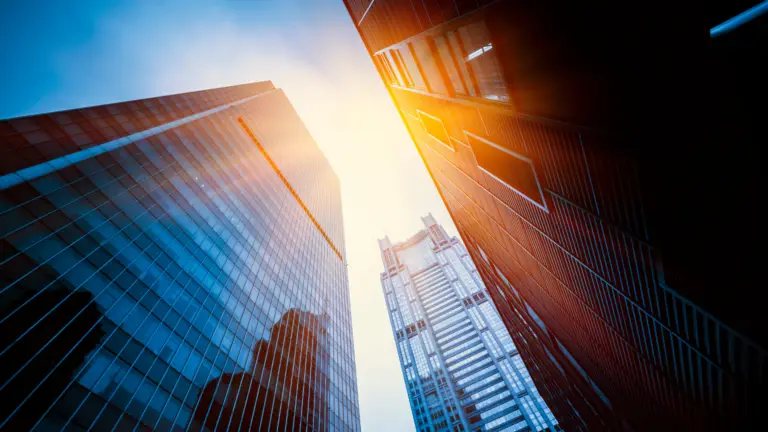Skyscrapers, with their towering heights and innovative designs, stand as magnificent landmarks that define the skyline of cities across the United States. These architectural marvels not only symbolize the progress of human ingenuity but also serve as testaments to the nation’s economic strength and urban evolution. In this comprehensive exploration, we will delve deeper into the world of skyscrapers, uncovering the remarkable stories behind their construction, the challenges they overcame, and their enduring impact on the American landscape.
To view AH Construction’s projects click HERE
Empire State Building – New York City:
Construction Feat: Completed in 1931, the Empire State Building stands as an iconic example of the rapid pace of construction during the Great Depression. With an astounding speed of 410 days, this masterpiece emerged from the heart of adversity. Significance: Holding the title of the world’s tallest building for almost four decades, the Empire State Building boasts an Art Deco design that captures the essence of New York City’s timeless elegance.
One World Trade Center – New York City:
Construction Feat: After the tragic events of September 11, 2001, One World Trade Center was conceived as a symbol of resilience and hope. Its completion in 2013 marked a new chapter in the city’s history. Significance: Reaching a symbolic height of 1,776 feet, the tower embodies the spirit of unity and honors the memory of those who lost their lives.
Willis Tower (Formerly Sears Tower) – Chicago:
Construction Feat: When completed in 1973, the Willis Tower was the tallest building globally, with its revolutionary bundled tube structure paving the way for a new era in skyscraper design. Significance: The black aluminum façade of the Willis Tower remains an enduring emblem of Chicago’s architectural innovation and a testament to human creativity.
Burj Khalifa – Chicago:
Construction Feat: The Burj Khalifa, completed in 2010, is a collaborative masterpiece, conceived by architects Adrian Smith and Bill Baker, showcasing the pinnacle of engineering and design. Significance: Its awe-inspiring height of 2,717 feet makes it an icon of Dubai’s grandeur and global ambition.
Chrysler Building – New York City:
Construction Feat: Rising to prominence in 1930, the Chrysler Building’s distinctive terraced crown and intricate Art Deco details concealed its ascent to the title of the world’s tallest building. Significance: Its magnificence and elegance continue to captivate, showcasing the fusion of architecture and art that defines New York City’s essence.
Overcoming the Skyscraper Challenges:
- Engineering Marvels: Skyscrapers challenge engineers to conquer wind forces, structural integrity, and foundation complexities. Innovations in materials and design have enabled these structures to reach unimaginable heights.
- Cutting-Edge Materials: From reinforced concrete to steel skeletons, skyscrapers demand materials that can withstand the immense loads and stresses they endure.
- Environmental Responsibility: Modern skyscrapers prioritize sustainability by integrating green technologies, energy-efficient systems, and eco-friendly materials to reduce their carbon footprint.
- Urban Integration: The integration of skyscrapers into urban landscapes requires harmonizing functionality, aesthetics, and adhering to zoning regulations. Their successful incorporation adds to the vibrancy of city life.
- Enduring Legacy of the Skyline: Skyscrapers are more than just architectural wonders; they represent human ambition, technological advancement, and urban growth. From the Empire State Building’s classic elegance to the Burj Khalifa’s modern magnificence, each skyscraper is a narrative of its time. As cities evolve and architects push boundaries further, skyscrapers will continue to shape skylines, captivate imaginations, and inspire generations to come.
-
For more information about AH construction click HERE




